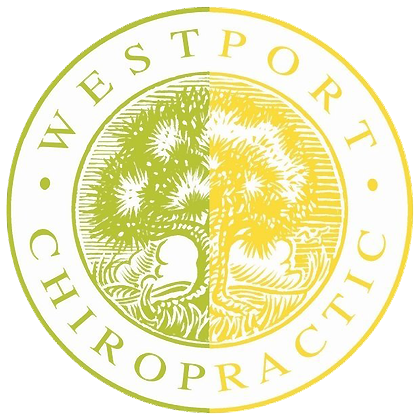Chiropractic Terminology
Every discipline has it’s lingo. Here’s some of ours translated into English.
-
A highly specialized and highly effective technique for treating muscle movement dysfunction. ART uses a combination of pressure, stretch and movement to release restricted soft tissues. We are the only office in the area with three doctors all having advanced training in ART.
-
The treatment for joint movement dysfunction. A careful, gentle, precise application of pressure to a “stuck” joint (JMD) to “un-stick” it. Adjustments are quick, easy, comfortable and safe. Your doctors have many different ways to adjust almost every joint in your body so there is always a safe, comfortable way to adjust infants, the elderly and everyone in between.
-
An adjustment to a non-spinal joint like a foot, ankle, knee, hip, shoulder, elbow, hand, rib, jaw, etc.
-
A specialized Graston technique in which the instruments are used during passive, active and resisted motion, in stress positions, etc. to enhance treatment effectiveness.
-
A type of myofascial therapy that uses stainless steel instruments to break up scar tissue and adhesions in muscles. Another highly specialized and highly effective technique for treating muscle movement dysfunction.
-
A word ending that means inflammation of whatever comes before it. Tendonitis is inflammation of a tendon. Bursitis is inflammation of a bursa. An “-itis” usually heals by itself when its cause is corrected. If it continues on, some uncorrected cause is making it do that.
-
Where two bones come together and move on one another. Usually the contact points are covered with a wet, slippery lining (articular cartilage) that is surrounded by a ligament “capsule” that creates a closed space containing lubricating (synovial) fluid.
-
Loss of normal movement in a joint. Usually a joint that is “stuck” or doesn’t move enough. Sometimes it’s a joint that moves too much or the wrong way. A bad thing for 3 reasons:
Pain. Abnormal movement irritates soft tissues around the joint causing pain. Pain may be right at the JMD or some distance away.
Increased wear and tear. Abnormal movement causes accelerated wearing out of joints and the tissues around them. The wearing out of joints is called arthritis.
JMD in other places. Foot JMD can cause low back JMD. Low back JMD can cause neck JMD, etc.
JMD is sometimes called by other names including: subluxation, joint dysfunction, somatic dysfunction, fixation.
-
A strong, ropey structure that connects bones to one another. Ligaments should never be tender to touch. If they are, something is wrong.
-
A loss of normal movement. Usually that means a joint or muscle that is “stuck” or not moving enough. Sometimes it can mean a joint or muscle moving too much or in the wrong way.
-
Loss of normal movement in muscles including the tendons that connect muscle to bone and the fascia that surrounds and covers them.
-
A catch-all term for the many techniques your doctors may use to treat Muscle Movement Dysfunction. We offer a wide variety: Active Release Technique (ART), Graston, FAKTR, Post-Isometric Relaxation, Active Isolated Stretching, Transverse Friction Massage, Trigger Point Therapy, and more.
-
Anything that isn’t hard tissue (bone). Usually refers to ligaments, muscles, tendons, fascia, etc.- the stuff around our joints that generates, limits, guides or controls movement.
-
A loss of normal movement in joints connecting the bones of the spine to one another. This is bad for the three reasons all JMD is bad (see Joint Movement Dysfunction) plus one more very important one. The spine distributes nerves that connect every part of your body to your brain and control everything your body does.
Spinal JMD interferes with the functioning of those nerves in ways that can cause loss of energy, health and vitality. This is why people with conditions you would never connect to the spine like asthma, children’s earaches, bedwetting, menstrual cramps and much more, sometimes respond to chiropractic care.
-
An old chiropractic term for spinal joint movement dysfunction. Subluxation is a medical term for a joint that is partially dislocated. Chiropractors adopted the term before x-ray was invented when they thought adjustments put bones that were “out of place” back “in place”. We now know that adjustments restore lost movement. When joints are free to move, the body puts bones where it wants them.
-
A strong ropey structure that attaches muscle to bone.
Conditions We Treat
We care for patients with a wide array of conditions. See brief descriptions of how we manage just a few of the MANY problems we routinely treat successfully.
Helpful Links
Fitness Partners, Soft Tissue Techniques, Diet, Chiropractic, and Buying Things we Recommend.
